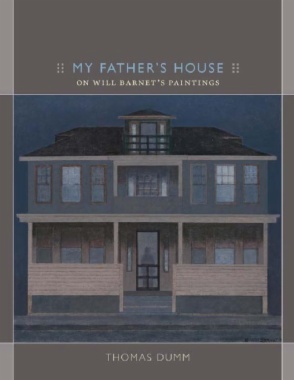Many listeners first heard “Hound Dog” when Elvis Presley’s single topped the pop, country, and R&B charts in 1956. But some fans already knew the song from Big Mama Thornton’s earlier recording, a giant but exclusively R&B hit. In Hound Dog Eric Weisbard examines the racial, commercial, and cultural ramifications of Elvis’s appropriation of a Black woman’s anthem. He rethinks the history and influences of rock music in light of Rolling Stone's replacement of Presley’s “Hound Dog” with Thornton’s version in its 2021 “500 Greatest Songs of All Time” list. Taking readers from Presley and Thornton to Patti Page’s “Doggie in the Window,” the Stooges’ “I Wanna Be Your Dog,” and other dog ditties, Weisbard uses “Hound Dog” to reflect on one of rock’s fundamental dilemmas: the whiteness of the wail.
- Cover
- Contents
- Intro
- 1. “Doggie in the Window” and the 1950s Pop Single
- 2. Dog Ditties
- 3. “Hound Dog,” Take One: Big Mama Thornton
- 4. Elvis Presley Belatedly Records “ Hound Dog”
- 5. “Hound Dog” as Influence
- 6. Interpreting “Hound Dog”
- 7. The Whiteness of the Wail
- Outro
- Acknowledgments
- Notes
- Bibliography
- Index

